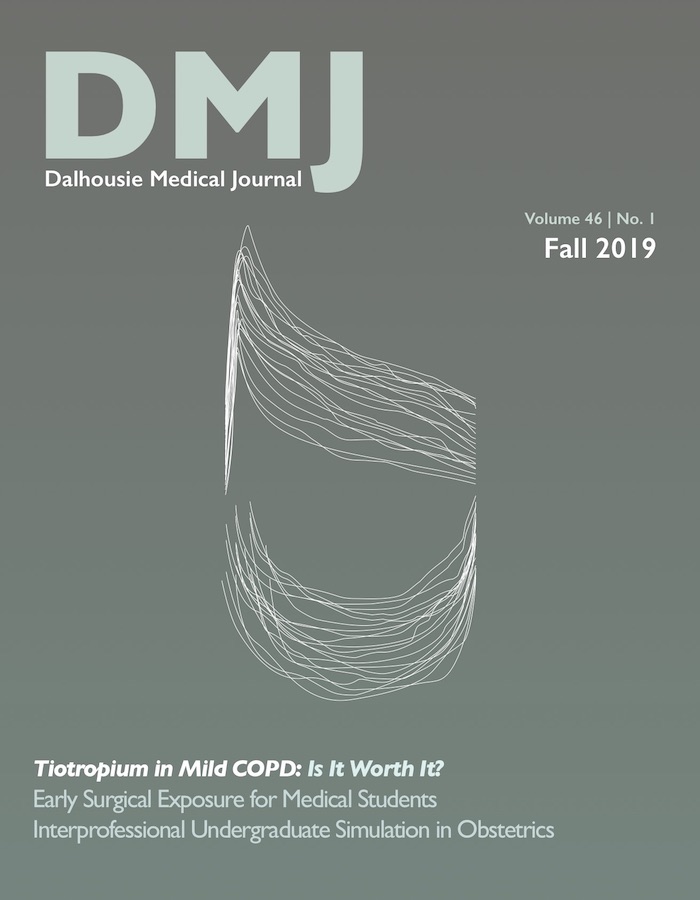Cannabis and glaucoma: A literature review
DOI:
https://doi.org/10.15273/dmj.Vol46No1.9830Abstract
Introduction: Primary open-angle glaucoma (POAG) is characterized by the loss of retinal ganglion cells secondary to optic neuropathy; increased intraocular pressure (IOP) may or may not be present. Many treatment options focus on decreasing IOP measurements to attempt to prevent progression of glaucoma. Our literature review addressed a relatively common question; if cannabis is effective for treating elevated IOP in patients with glaucoma. Objective: To evaluate the current evidence for the use of cannabis for reducing IOP in glaucoma. Methods: PubMed, Embase, and the Cochrane Database were searched along with references drawn from full text articles published before January 2018 for the best available evidence that met the inclusion criteria.Three authors independently evaluated and selected the articles that represented the best available evidence.The selected articles were chosen based on study methodology and the type of cannabis used for the treatment of glaucoma. Randomized Control Trials were preferred, although lacking. No studies directly compared cannabis to the current standard of care medications for lowering IOP. Results: Five randomized controlled trials were included as best available evidence although they used different routes of administration. All studies included compared cannabis to placebo. The studies evaluated showed a range of IOP lowering effects and side effects.Topical administration has shown conflicting results for the treatment of glaucoma.Conclusion:The many forms of cannabinoid administration have demonstrated variable levels of effectiveness. The variability of the studies indicates the need for more research. Specifically, larger sample sizes, and comparison of standardized cannabis to current standards of care instead of placebo are strongly encouraged.
Downloads
Published
How to Cite
Issue
Section
License
Authors who publish with this journal agree to the following terms:
- Authors retain copyright and grant the journal right of first publication with the work simultaneously licensed under a Creative Commons Attribution License that allows others to share the work with an acknowledgement of the work's authorship and initial publication in this journal.
- Authors are able to enter into separate, additional contractual arrangements for the non-exclusive distribution of the journal's published version of the work (e.g., post it to an institutional repository or publish it in a book), with an acknowledgement of its initial publication in this journal.
- Authors are permitted and encouraged to post their work online (e.g., in institutional repositories or on their website) prior to and during the submission process, as it can lead to productive exchanges, as well as earlier and greater citation of published work (See The Effect of Open Access).


